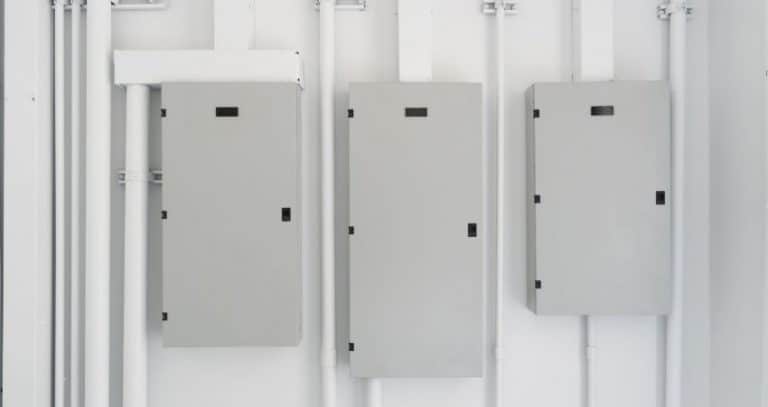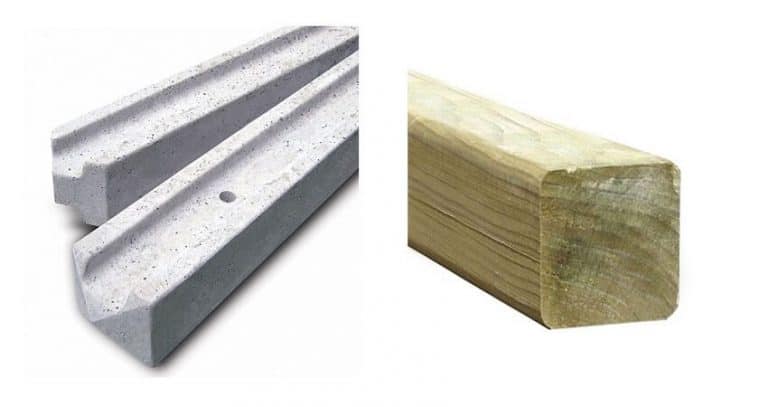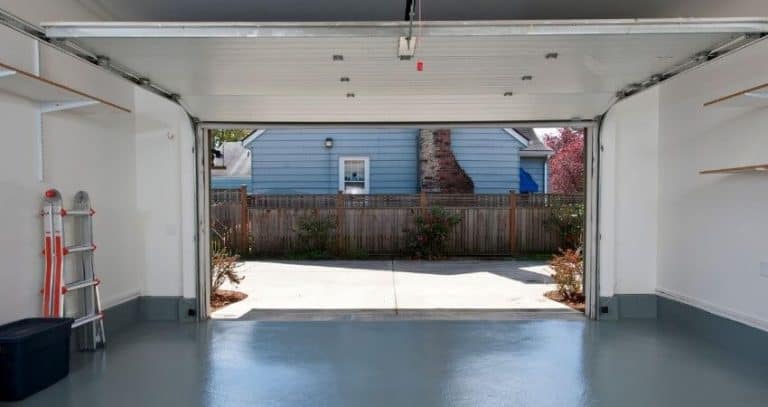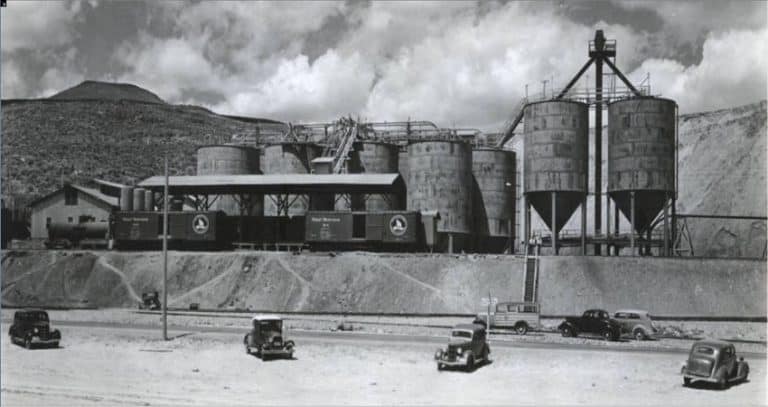Concrete Fence Post Drying Times: The Type Of Concrete

If you build a new fence or anchor a play structure, it is the safest way to ensure that the posts are straight.
You find something every day if you equate concrete with the wound. Both of them need a particular healing time. Concrete requires time to be specified depending on the use and pouring. The setting times differ depending on the form of the concrete and the weather.
Making Concrete Fence posts need no knowledge of rocket science. Anybody could do a fence on average. There are several forms of premixes from standard cement to fast-dry kinds, establishing less than 30 minutes.
This article will give you an idea of Concrete Fence Post Drying Times according to the premixes and other facts responsible for this. Without any further a due let’s get started;
Concrete Fence Post Drying Times: The Type Of Concrete

The type of concrete used can also affect the amount of time you need to wait before resuming construction. You can find various kinds of concrete in the market—all you have to choose id, according to your work. For faster construction, you will find fast curing types. If you want your structure to be more firm, You will discover concrete that may take more time to dry and cure.
In this section, we will give you the idea of the types of concrete you may find;
Stamped Concrete
Stamped concrete has more of an architectural application, mostly used in parking lots, pavements or other high-traffic areas. In general, it takes 3 to 5 days for stamped concrete to dry, but 90 days for complete treatment. Within the first 36 hours, the surface should not be prone to rain, even light hail.
Shotcrete
Shotcrete will achieve maximum design strength in just a few hours with fast-setting CSA cement. Dry mix screen typically performs strengths of 2200 psi (15 MPa) in approx. Fifteen minutes — without compressor — and the intensity can exceed 3600 psi per hour (25 MPa).
Limecrete (useful for fence post)
Limecrete is a form of concrete in which lime is substituted rather than using the mix’s cement. This has some environmental and health benefits. This is significant.
Lime consumes the carbon dioxide in the atmosphere and permits the application of natural goods. The plate’s drying times differ by moisture, and after approximately 24 – 48 hours, you can walk with boards with Hanson NHL. In some cases, you can need to slightly dent the label so that it doesn’t dry out too soon.
Ready-mix concrete (useful for fence post)
Ready-mix concrete is mixed at a central mixing plant and brought to the construction site in a ready-to-use condition. This type of concrete is likely to get harden very quickly. If you plan to put concrete at the bottom of your wooden fence, Ready-mix concrete is the right choice.
Plain Concrete
There will be no refurbishment of the plain concrete. Cement, aggregates and water are the main components. The mix design most widely used is 1:2:4, the traditional mix design.
Usually, plain concrete takes 24 to 48 hours to be dry enough to drive or walk on it. Therefore, the drying process is a continuous, fluid process, which typically reaches its maximum strength after approximately 28 days.
Reinforced Concrete
The cement is known as the concrete to be supported by the reinforcement to help the tensile strength. Simple concrete is slightly tense and compressive well. The cement has to evaporate the excess water remaining by a drying procedure. It can take several weeks to dry, much like curing.
Fast-setting-concrete
The fast-setting mixture of cement, sand and gravel is a unique mixture formulated to be hard. Twenty to forty minutes. Places posts unmixed.
Factors that are important for Concrete Fence Post Drying Times
As we know, some concrete and drying time, we will discuss the essential factors for the drying process.
Concrete Type:
The rates of curing or drying vary from different concrete mixtures. Industrial mixtures of concrete appear to take longer than fast-dry concrete mixtures with less water. Hydration is the reaction between cement and water. The response is exothermic, which heat releases.
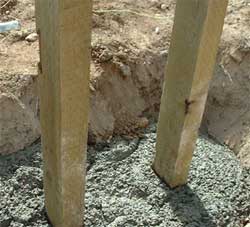
Once the water has been applied to the concrete mixture, hydration tends to dry up and rapidly, leading to a heat-releasing exothermic reaction.
Moisture Content:
When the concrete level is high, it takes a lot longer to be cured than the concrete deck with lower water. Experienced concrete specialists know how to apply water that is not too fast or too slow for desiccation.
If mould is fed into concrete-trapped particles, it excretes acids that weaken the building material’s strength and integrity. Dry concrete should not be kept wet for more than 24 hours to avoid mould formation.
You can use a moisture measure to determine the moisture in the concrete quickly. You can get it on amazon.
Humidity and Temperature:
In the treatment and drying process, external temperature and humidity play a significant role. Beton is dried and cured more quickly and slow in the cooler weather at high temperatures.
Quicker dry and cured rates make spring the perfect time to pour concrete through early fall. Concrete is recommended to be cured from 50°F to 90°F at a mild temperature. In an ideal world, the fresh concrete temperature should be higher than 50 °F but set to 50 °F.
You can use an Infrared Thermometer to measure the temperature.
Cold Weather:
In cold weather, the method of concrete cure becomes more complicated. Fresh concrete must be covered from frost for at least the first 24 hours to achieve the optimum strength. Maintain the concrete temperature above 40°F after isolating blankets or heated enclosures for at least four more days. Pay attention!! In 24 hours, the concrete temperature cannot fall above 40 degrees Fahrenheit.
Concrete admixtures:
Concrete admixtures are the natural or engineered chemicals and additives added in the form of substantial misalignments, which improve basic properties such as workability, toughness, or early and final strength of fresh or hardened concrete. Producers mainly use admixtures to minimise the building costs of concrete.
Also is used to adjust the characteristics of hard cement; to ensure the consistency of cement during mixing, transport, placing and treatment. In concrete activities, it can help resolve unique emergencies.
Hot and Cool Concrete Blankets:

Cold and hot blankets for drying concrete are available these days. You require concrete heating or a concrete cooling blanket if you want to dry the concrete.
The refrigeration concrete blanket keeps freshly poured concrete from the warmth and works consistently and warmly. In mild or hot weather, heating concrete blankets are used.
Mix Design:
You should apply an accelerant to the mix if you need the concrete to cure quicker. While this speeds up the setup time, you can’t fix your full-strength concrete as stable as hard concrete naturally.
If you are trying to make a concrete fence ost, these are the factors you have to keep in mind. Based on these, and the type of concrete you will use, drying times will depend.
Some Important FAQs
We assume you may have some questions after the above discussion. If you are confused about any part of the conversation, please go through these questions and answers portion. We hope it will be helpful.
- Can you set fence post on concrete?
Concrete is the safest material to place clamping posts, especially if you have sandy soil. The ultimate safety will be guaranteed by the use of premixed concrete instead of dry concrete. While concrete is robust, there is no gravel drainage, and moisture can be trapped, eventually resulting in rot.
- Best way to set fence posts in concrete?
Place the post in the hole, fasten 2×4 braces on the neighbouring sides of the post. Use a level to align the centre perfectly vertically. Remove the pit from 3 to 4 inches below ground level with fast-setting concrete. Pour approximately one gallon of water into the 50 lb container hole, causing the concrete blend to saturate.
- How do you keep fence posts from rotting in concrete?
Place the post in the hole, fasten 2×4 braces on the neighbouring sides of the post. Use a level to align the position perfectly vertically. Remove the pit from 3 to 4 inches below ground level with fast-setting concrete. Pour approximately one gallon of water into the 50 lb container hole, causing the concrete blend to saturate.
In a mixing bath or 5-gallon bucket, mix 2 50lb bags of concrete with water. Into the hole and around 4″ x 4,” apply the mortar. Let concrete be set up for 24 to 48 hours, depending on the environment.
- How much concrete should be put in a post hole?
Calculate how many yards or bags of concrete are required by entering the post diameter and the hole size for a group of post-bole shops. If you don’t know what size hole you want to dig, use a hole diameter 3x the post diameter and 1⁄3x the post size.
Final Words
We have put every possible aspect you may want to know about Concrete Fence Post Drying Times. As you have read, from concrete types to environmental effects, a lot of factors are responsible. We hope that you enjoyed it. We suppose that you have got the information and have a good picture of what to do.
Feel free to try yourself and let us know via the comments section.

I’m a concrete contractor by trade and have been working in the industry for over 25 years now. I’ve seen (and done) it all when it comes to concrete, and I love sharing my knowledge and experiences with others who are interested in learning more about this amazing material. In my spare time, I enjoy spending time with my family, fishing, and watching NASCAR races.

